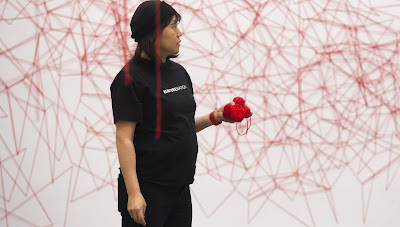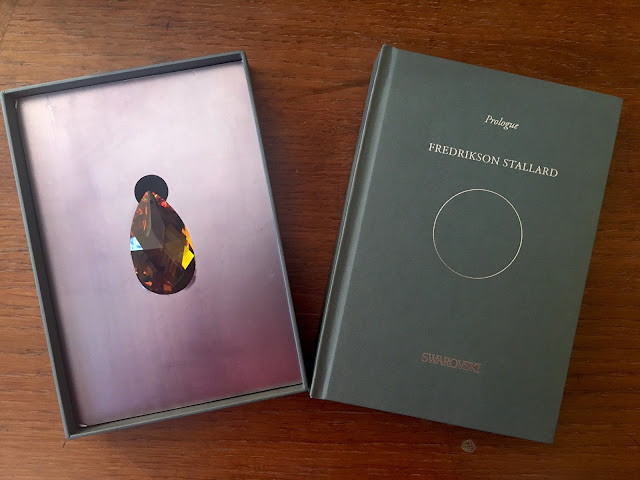The Naturalists | Twin | Issue 6 S/S 2012
Excerpt: Dutch artist, Marjolijn Dijkam is a modern day explorer. Her diverse practice interrogates our desire for control and unearths the impact this has on many 21st Century living components, in particular nature. Incorporating a variety of media from monumental encyclopedic archives to landscape interventions, film montages to participatory events, Dijkman reveals the fabrication of our constructed environments.
Since graduating from the Royal College of Art Photography course in 2005, Italian artist Salvatore Arancio has been exploring the potential of alternative art forms, “I somehow lost interest in making photographs. I was more interested in experimenting with other media and with different possibilities to interact with the viewer.” His practice reveals our desire to understand the inexplicable and the difficulties inherent in the order of the universe, “Within my work I suggest a new organization of meanings, which reflect on how little we know of the world that surround us and how science can be easily redundant and open to failures, contributing to a state of uncertainty and our inability to read past and at the same time to imagine the future.”
Anne Wenzel’s sculptures and gallery installations are hauntingly ominous. The Rotterdam-based, German artist, tackles momentous subjects such as terrorist attacks and natural disasters, “We are intrigued and repelled by disaster,” she explains. Collecting her source material from newspapers, her monumental works question our reactions to such events and the resulting fallout, “We love to watch pictures of catastrophes such as 9/11, tsunamis. Sitting in front of the TV - which is quite important - feeling completely safe. Watching these pictures makes us aware about our own life, the weakness of the human being as well as the safe and cosy setting at our own home.”
Growing up in Hertfordshire underpins photographer, Andy Sewell’s fascination with the confliction between nature and the urban environment. He explains, “The Hertfordshire landscape, the rural, feels like a back drop to very suburban lives. It’s a place in between, without the energy and diversity of the city but also lacking any real connection to the landscape beyond the car window.” Over the past five years, Sewell has been traipsing over Hampstead Heath, capturing the essence of the rambling uncultivated land that culminated in his self-published book, The Heath.
Since graduating from the Royal College of Art Photography course in 2005, Italian artist Salvatore Arancio has been exploring the potential of alternative art forms, “I somehow lost interest in making photographs. I was more interested in experimenting with other media and with different possibilities to interact with the viewer.” His practice reveals our desire to understand the inexplicable and the difficulties inherent in the order of the universe, “Within my work I suggest a new organization of meanings, which reflect on how little we know of the world that surround us and how science can be easily redundant and open to failures, contributing to a state of uncertainty and our inability to read past and at the same time to imagine the future.”
Anne Wenzel’s sculptures and gallery installations are hauntingly ominous. The Rotterdam-based, German artist, tackles momentous subjects such as terrorist attacks and natural disasters, “We are intrigued and repelled by disaster,” she explains. Collecting her source material from newspapers, her monumental works question our reactions to such events and the resulting fallout, “We love to watch pictures of catastrophes such as 9/11, tsunamis. Sitting in front of the TV - which is quite important - feeling completely safe. Watching these pictures makes us aware about our own life, the weakness of the human being as well as the safe and cosy setting at our own home.”
Growing up in Hertfordshire underpins photographer, Andy Sewell’s fascination with the confliction between nature and the urban environment. He explains, “The Hertfordshire landscape, the rural, feels like a back drop to very suburban lives. It’s a place in between, without the energy and diversity of the city but also lacking any real connection to the landscape beyond the car window.” Over the past five years, Sewell has been traipsing over Hampstead Heath, capturing the essence of the rambling uncultivated land that culminated in his self-published book, The Heath.



